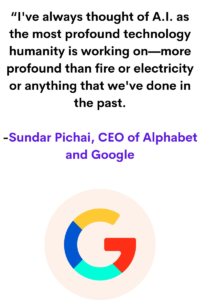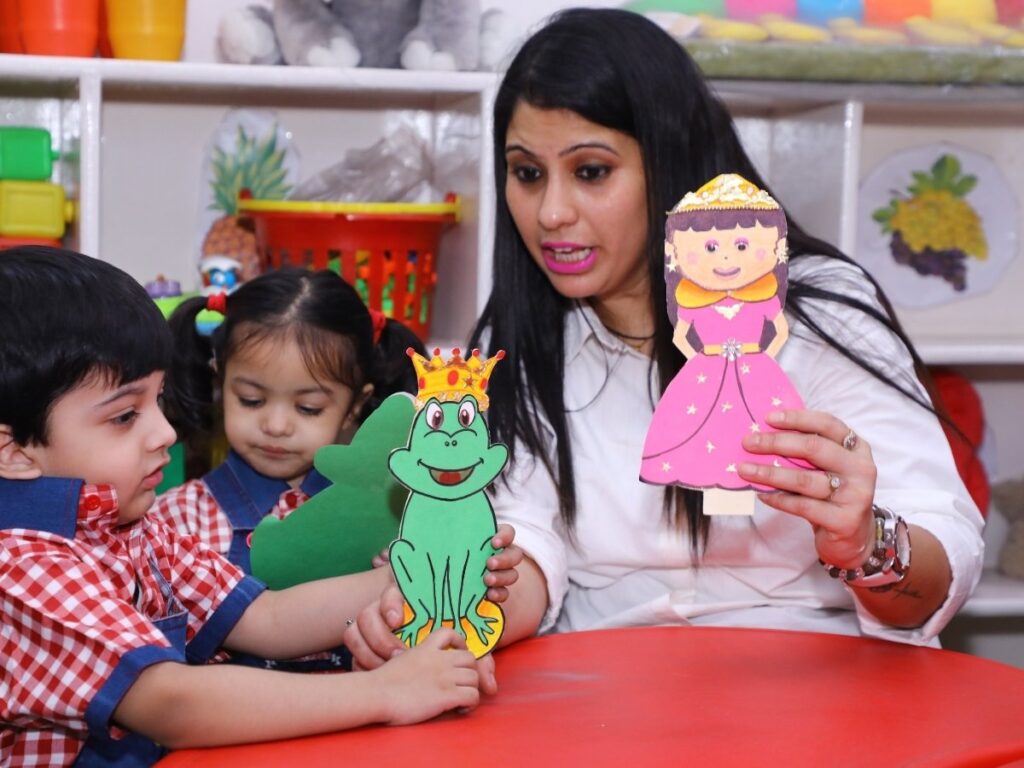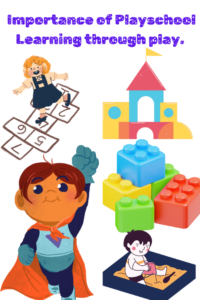
Welcome To The Silverline Prestige School
Artificial Intelligence: A Simplified Guide for Children.
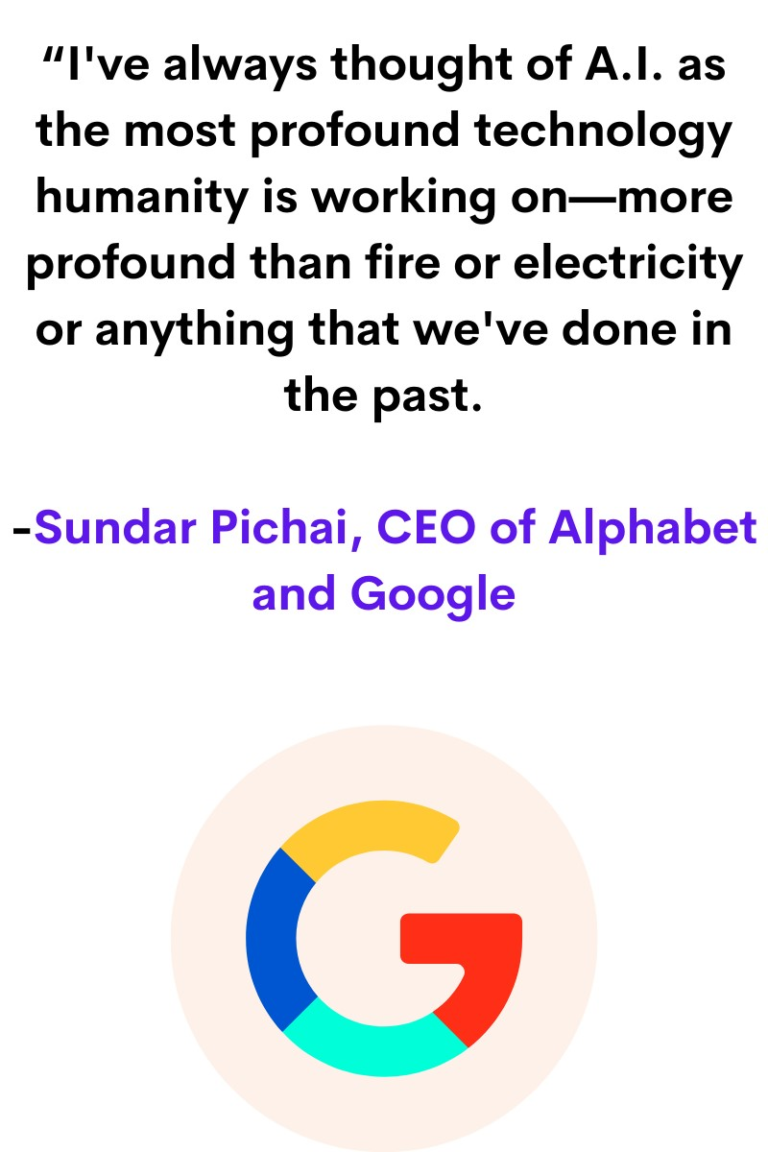
From foraging food for consumption to reaching a destination in a driverless car, humankind has advanced in monumental ways. With artificial Intelligence, we have created another potent brain that is piloted by humans. The prospects of AI are exciting and, at the same time, worrying. However, Artificial Intelligence is not the Terminator gearing up to spell doom for us. It is on the other hand, ushering in an era of advanced technology that would make our lives simpler. Silverline Prestige School, in this blog, examines key aspects of Artificial Intelligence for children and how it is an essential area of interest for students.
In this blog, we shall address the following key aspects of Artificial Intelligence for children:
- What is Artificial Intelligence?
- Examples of AI in our everyday lives.
- Important Terms Associated with AI.
- FAQ’s
- Note for the Parents.
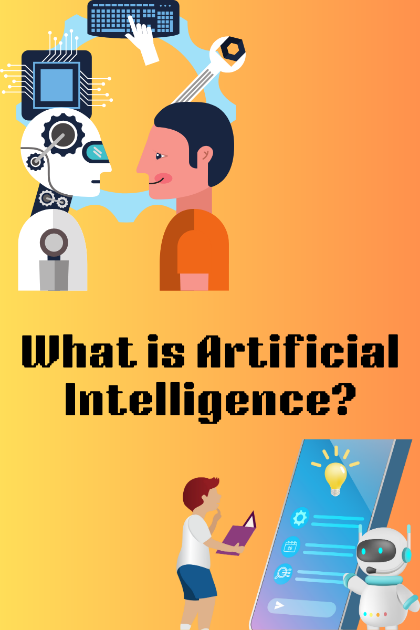
- What is Artificial Intelligence?
Artificial Intelligence is when a computer or a machine exhibits human-like intelligence to execute tasks. This human-like Intelligence means that the computer can autonomously perform functions like learning, memorising, reasoning, generalizing, problem-solving, and executing decisions.
AI relies on algorithms and capacious data to learn, analyze and then come to a decision. It is an advanced tool created by humans to simplify tasks for us.
AI works beyond the scope of set instructions given to it. It memorises, thinks, analyses, and improves on its own. A normal computer program is limited to the set of instructions fed into it.
In simplest terms, AI is a machine that thinks and acts like humans.
The word “artificial intelligence” was first used by John McCarthy, the inventor of AI. AI, according to him, is the “science and engineering of creating intelligent machines.”
- Examples of AI in our everyday lives:
AI is ubiquitous. Let us look at how our lives are influenced by AI every day.
News Presenters – Yes, you read that right!
- Odisha has launched its AI-generated News anchor Lisa and will present News in Hindi, English, and Odiya. How cool is that!
- Soundarya is South India’s first robotic anchor by Power TV.
Voice Assistants in Mobiles –
How many times do you call Siri, Alexa, or any other voice assistant for help required n mobile or TV? This is an example of Voice AI that listens to and interprets voice commands using Natural Language Processing.
Navigation –
How easy it is to travel to any place on Earth using navigation applications. Who could have thought hailing a cab whenever, wherever, and at any hour of the day or night could be that seamless. Uber, Ola, or any other taxi service uses maps for navigation every day. All these navigation apps rely on AI to deliver real-time traffic updates and street map views.
Russell Dicker, Senior Director of Product, Google Maps says,
“What makes Google Maps so useful is mostly due to AI. With it, we can map routes more quickly than we did just five years ago, and we can practically bring maps with vital information wherever in the world.”
Music Streaming Services –
Music Streaming Services like Spotify integrate AI tools to study the customer pattern of songs you listen to, playlists compiled, music downloaded, etc. This helps improve the user experience and keep the user engaged with the application.
OTT Services like Netflix use similar AI tools to study viewers’ movie preferences and analyse search keywords typed by the user to find any movie or program.
Chatbots –
ChatGPT, a well-known conversational AI tool, uses deep learning algorithms to scour data from the internet to produce human-like conversations.
- Google has launched its very own Bard to compete with ChatGPT. It is now available across Europe and supports 40 languages.
- Meta is soon planning to launch its version to compete with ChatGPT and Bard.
Customer Service Assistants –
Whether it is retail or banking services, organisations now employ AI to converse with customers and solve general and repetitive queries and complaints. These automated chatbots are available 24/7 and do not suffer from fatigue. This helps human customer service assistants save time and answer more complex queries.
Facial Recognition –
This feature utilises a deep learning algorithm to detect faces. The feature is used for access control, social media apps, and for unlocking phones. Law enforcement too relies on this AI technology to identify criminals and also for surveillance.
Gaming –
AI is used to provide an immersive and realistic experience to the player by creating interactive characters that now also respond to our speech.
Healthcare –
AI algorithms are being used for the early detection of illnesses, in clinical studies managing and streamlining hospital records.
Recommended Read: Children and AI, a report by UNICEF and World Economic Forum.
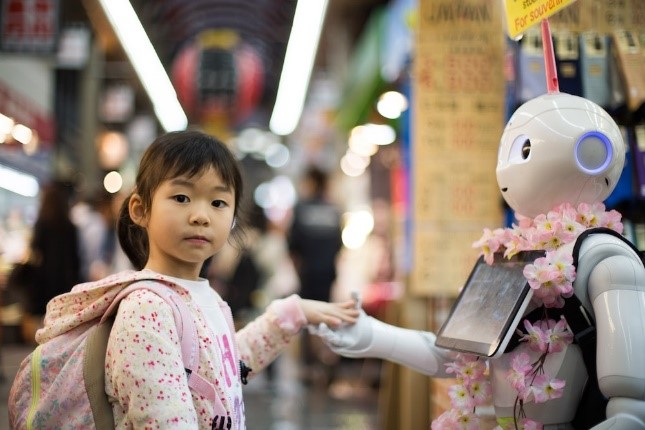
- Important Terms Associated with AI
Artificial Intelligence for children can be abstruse. But, here’s a look at some important concepts in a simplified manner.
- Algorithm:
- It is a procedure that comprises step-by-step instructions to solve a problem. Following the steps in a recipe is the simplest example of an algorithm.
- NLP:
- Humans communicate with each other through various languages and texts. Computers, on the other hand, communicate with each other in the binary language of 1s and 0s. Natural Language Processing is a branch of AI that enables computers to understand and interpret human language.
- NLP is used in chatbots, in analysing social media comments, in features like autocorrect and autocomplete spellcheck, and in converting sounds into text.
- Machine Learning:
- How do you know touching a hot pan will hurt you? The answer is embedded in your past experiences. Computers on the other hand are logical machines that work only on the instructions fed into them.
- Machine learning, however, enables computers to access past data and then, think, analyse, and interpret it on its own without human intervention.
- The news feed one scrolls through on social media is related to one’s browsing and engagement activity on the app. If you are watching a video, reel, or post on a particular topic, you will be suggested and prompted to watch similar posts by the app. This is a simple and classic example of machine learning.
- Neural Networks:
- Also called Artificial Neural Networks (ANN), this is a subset of machine learning. It is modeled on the network of biological neurons in the human brain. This simulation based on algorithms helps computers think and arrive at a decision like humans.
- Chatbots:
- Chatbots are computer programs that converse with humans through text or voice commands. The conversation resembles human-to-human conversation, but we are actually interacting with a computer that has been trained on large amounts of data to simulate a human-like conversation.
- For example, Dominos has a chatbot for customers to place orders. Alexa is the most popular chatbot.
- World Health Organisation (WHO) launched a chatbot in 2020 to provide information and alerts related to coronavirus.
- Turing’s Test:
- Alan Turing was a British mathematician and has been hailed as the father of modern computer science. The Turing test is designed to determine whether a machine exhibited intelligence can be detected as a human or not. Despite its few limitations, this test has become a benchmark test for artificial intelligence research and programs.
- FAQ’s
1) Why do we need AI?
AI provides us with a plethora of tools that can be employed in various areas of personal life, business, healthcare, education, manufacturing, and more. The tools make us more productive, and efficient, and also improve upon our thinking process. AI makes repetitive tasks redundant and enables us to focus on more critical tasks at hand.
2) Will AI replace humans?
No, because ultimately, it’s a tool created by humans. It requires supervision and checks and balances from our end to function.
Yes, it will replace humans in jobs that require repetitive tasks and are data-driven.
3) What kind of jobs will AI create in the future?
World Economic Forum predicts 97 million jobs to be created because of AI.
AI will obliterate many jobs, reinvent many, augment existing jobs, and create a lot of new ones.
Here are a few roles that would become essential in the job market.
- Data Scientists.
- Machine Learning
- AI Ethics Expert.
- Robotics Engineer.
- AI Trainers.
- Data Analysts.
- AI Policy and Regulation Experts.
- Digital Transformation Specialist.
- Prompt Engineers.
- Data Detective.
- Artificial Business Development Manager
- AI-Assisted Healthcare Technician.
4) Which programming languages are used in AI?
- Python
- Java
- Lisp
- C++
- R
- Prolog
- JavaScript
- Julia
Note for the Parents
It is useful that children are explained the workings of technology that surround a child’s everyday lives. This can be done by giving examples and using age-appropriate technology terms. This will instil a sense of intrigue and develop cognitive and logical thinking.
Knowhow of Artificial Intelligence for children is not important only from the standpoint of securing a job but building a critical thinking skill set in a child.
So, look around any device, app, or machine that is AI integrated and discuss its workings with the child.
Example: Our homes were secured with a basic lock and key earlier. These could be broken into easily. The need arose for a better safety system. Technology stepped in and created sensor locks and security cameras.
This is a basic example of why AI was needed and how it made our lives smoother and hassle-free.
AI could also have generated this blog. Do you think you can detect it?
At Silverline Prestige School, we are always integrating technology into our classrooms and intend to build our students digitally smart as well.

Silverline Prestige School, Ghaziabad
Recent Posts

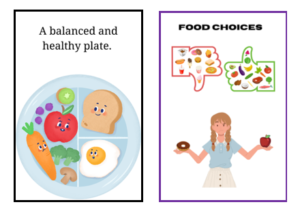
Nutrition for school-going children: What’s on your child’s plate?

Green Clean Globe: A Tree Planting Initiative by Silverline Prestige.
